One year after moving to Malaysia, we do the touristy thing and visit the Sarawak Cultural Village in Damai, north of Kuching, to see how the different tribal people of Borneo used to live.
Entrance to Sarawak Cultural Village
My mom is in town, visiting with us for a few weeks. We took advantage of the Hari Raya holidays to go to the Sarawak Cultural Village, about a 45 minute drive to the Damai resort area north of Kuching. It is a tourist attraction, a “living museum” modeled after the Polynesian Cultural Center on Oahu where the historical lifestyle of various ethnic groups of Sarawak are put on display.
Tickets, Please
Ticket prices are prominently posted at the entrance counters. At 60 Ringgit per adult, that would be quite a chunk of money! But locals take note: if you are a resident or long-time worker in Sarawak, you get a locals-only discount. In addition, the Village has special entrance rates for the various celebration public holidays such as Hari Raya, Christmas, Chinese New Year, and Gawai.
The best prices, though, will be on “Malaysia Day”, September 16, when all tickets will be only $10!
Sarawak Cultural Village Prices and Discounts
The village is actually an arrangement of different houses around a central lake, each featuring a different ethnic group found in Sarawak. Inside each house is a host who can show you around the house, how some things were used or made, how enterprising these people were. The first house we visited was the Chinese farm house.
Chinese Farm House
Inside, our host demonstrated how the farmers processed peppercorn berries to make the famous Sarawak pepper. Daniel took a spin on the granite rice grinder. I learned that the Chinese farmer’s bed consisted of two sawhorses, a sheet of plyboard, and a woven mat!
Next door is
The Malay House
Hari Raya is the absolute best time to visit the Malay house. All over Malaysia, Muslims are holding open houses and inviting guests to come have a meal of Malay foods such as lemang, rendang, ketupat, and curry. The Malay house is no exception. We got a chance to sit down, relax, play a game of congkak, and explore the house a little bit. As more guests arrived, the house started to get a little noisy so we moved on.
Moving on, we came to
The Melanau House
This is an immense structure, sitting high atop wooden pillars and accessed by tree trunks with steps cut into them. Under the house, some dancers were demonstrating a bamboo dance that reminded me of the Filipino Tinikling dance. Upstairs in the house were displays of traditional artwork and working implements.
We actually skipped by the remaining houses so we could get back to the theatre back near the entrance. It was getting close to 11:15 am, and the Cultural Show was due to start at 11:30. We wanted to show up a little early to get good seats.
Here is where the similarity to the Polynesian Cultural Center really comes through. The show is basically a revue of the different ethnic dances, put on by performers dressed in the traditional costumes of that group. I’m not sure how many ethnic peoples in the present day practice these dances, but I am glad they are being preserved and showcased by this troupe.
One dance that particularly impressed me was the Melanau dance, which was particularly energetic and acrobatic. I took a video of it. It starts off slow but trust me, you’ll want to watch it to the end!
Stay tuned for Part 2 of our visit!
Aloha, Nate
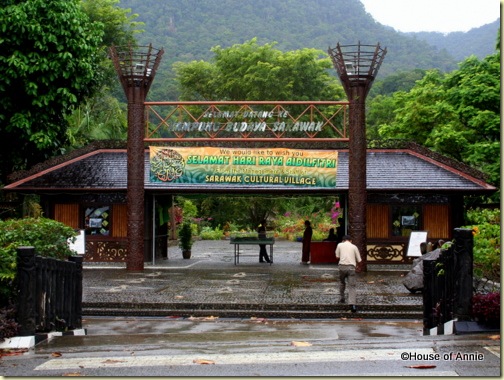

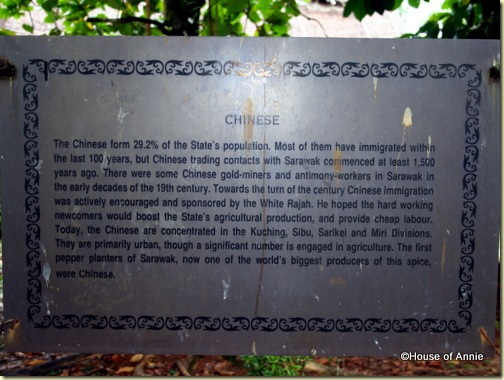
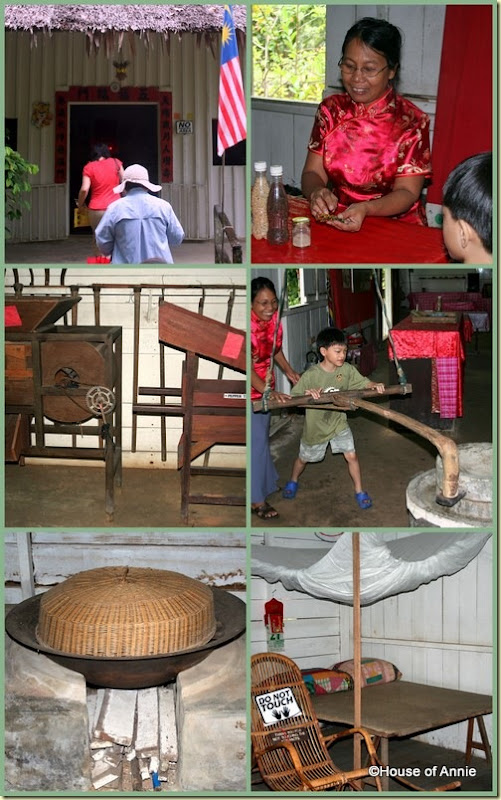

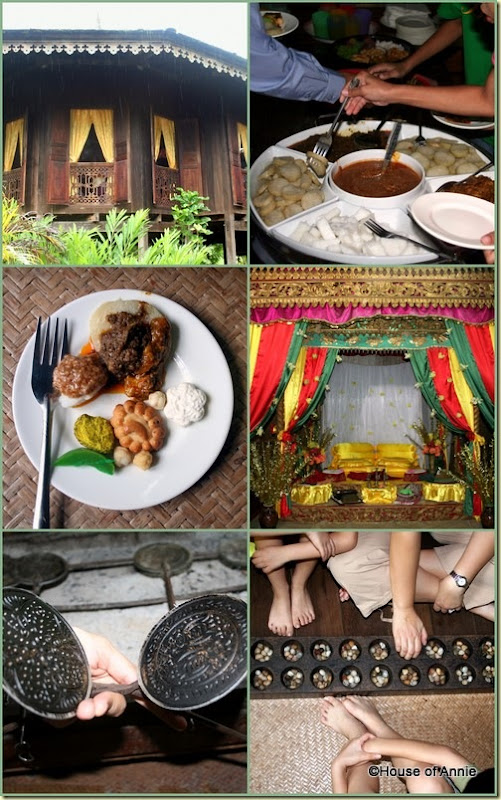
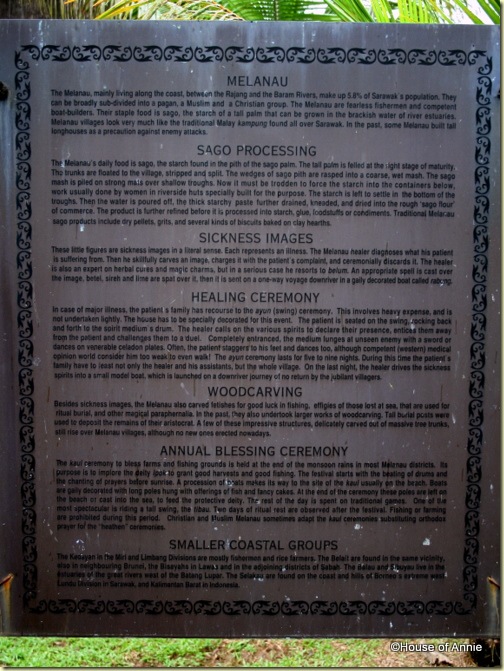
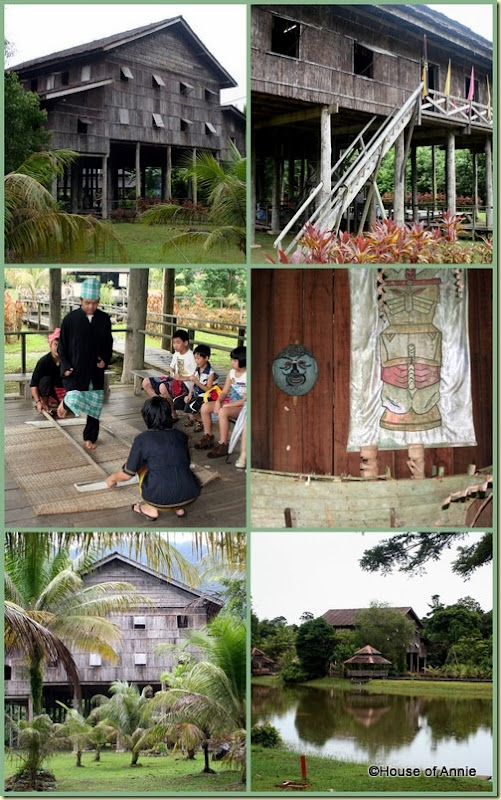
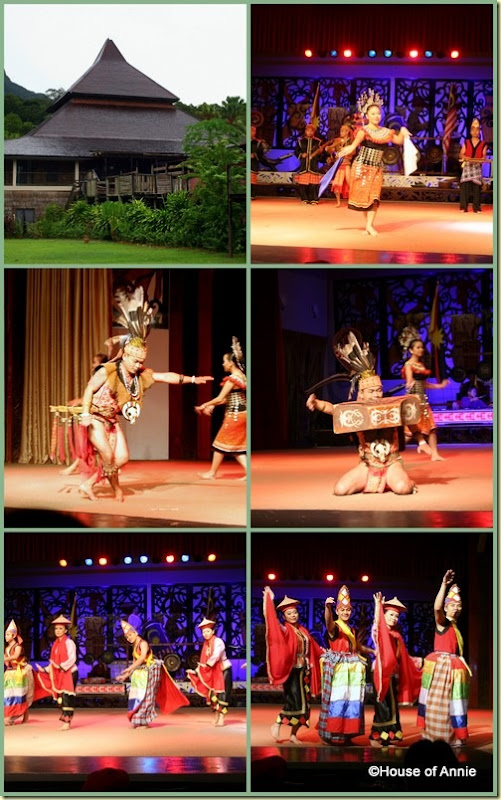
Pretty cool video and photos! This reminds me of a living village I visited years ago outside of Seoul.
I’ve always wondered: Do the people who staff these villages get paid to work and “live” there during open hours, or are there other benefits? I know that the Polynesian Cultural Center is run by BYU and that a lot of the native performers there are working off their BYU tuition, but I just don’t know how it’s done elsewhere.
I know there are hostels and dormitories near the Village, so I assume at least some of the workers are housed there. There’s no big university running the SCV like BYU runs PCC, so the workers are probably not working for tuition.
Great! This would be in our list shld we visit Kuching
Babe –
be sure to come during the holidays for best price!
I’ve been there! I’ve been there! So, so long ago, went with my uni. mates on a bit of a field trip thingy. Don’t remember the tickets being so pricey then though. Yummy looking food at the malay house 🙂
Shaz –
was the cultural show the same?
So long ago I can’t really remember, sorry 🙂 I’m sure the Ngajat was performed, and the Melanau dance looks familiar…
I like this cultural entry….very interesting!
Look forward to the 2nd part.
What a great experience, what with the food and the dancing. It’s like stepping back in time.
except for all the hosts (even the older generation ones) fiddling with their cell phones 😉
Very interesting village, something not to be missed for sure:)
Jeannie – definitely something you want to go see if you ever visit Sarawak.
OMG, it’s been ages since my last visit there! You know it used to be priced at RM 15, then 30 and now…wow! RM 60!!! That’s a lot of money, indeed. I’m glad you liked the Melanau dance (I’m half Melanau, btw ;-))
IH –
Inflation, plus they probably realized that tourists who come to SCV have more money 🙂
Pleased to know you! Did you think the dance was authentic to your culture?
The melanau dance is called “Tarian Menyak” There’s a story behind this dance. The dance portrays the daily activities of the Melanaus processing the sago, hence the long poles. Yep, Melanaus are pretty energetic ppl. You should visit Mukah between March to April during the Kaul Festival. The main highlight is the “tibau” a traditional giant swing of some 20 feet high! My challenge to you is take your video cam during this festival and put the event on you tube 😉
IH,
thank you for your insight, and the information about the festival in Mukah. If time permits, we may just do that!
Very interesting…a definitely must see when one visits Sarawak. I like the picture of the rice grinder.
What a fascinating experience! The cultural dance is amazing!